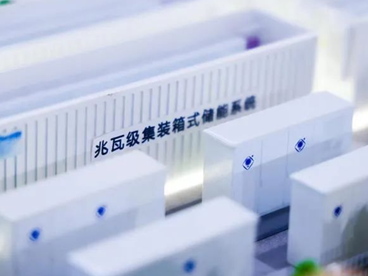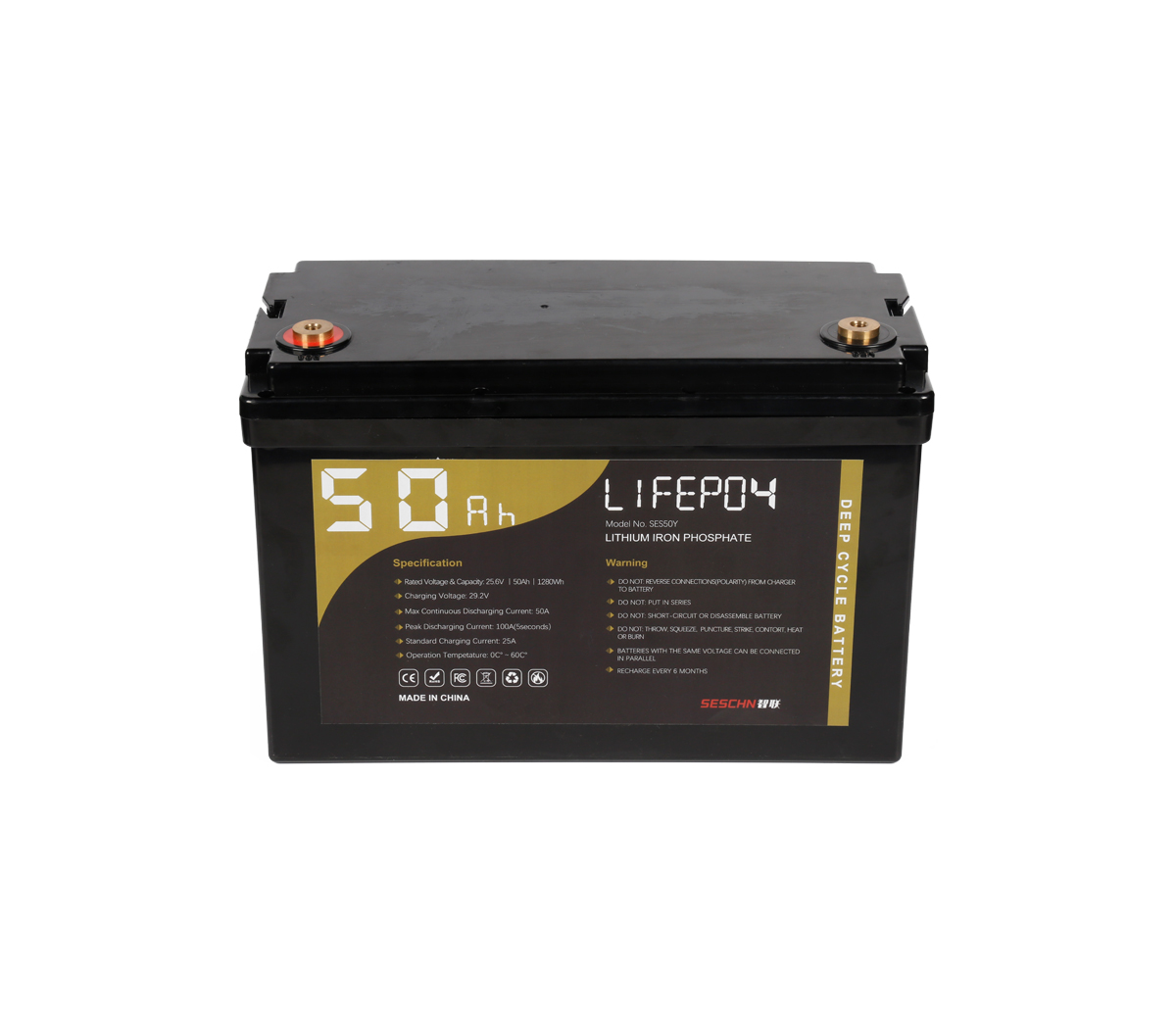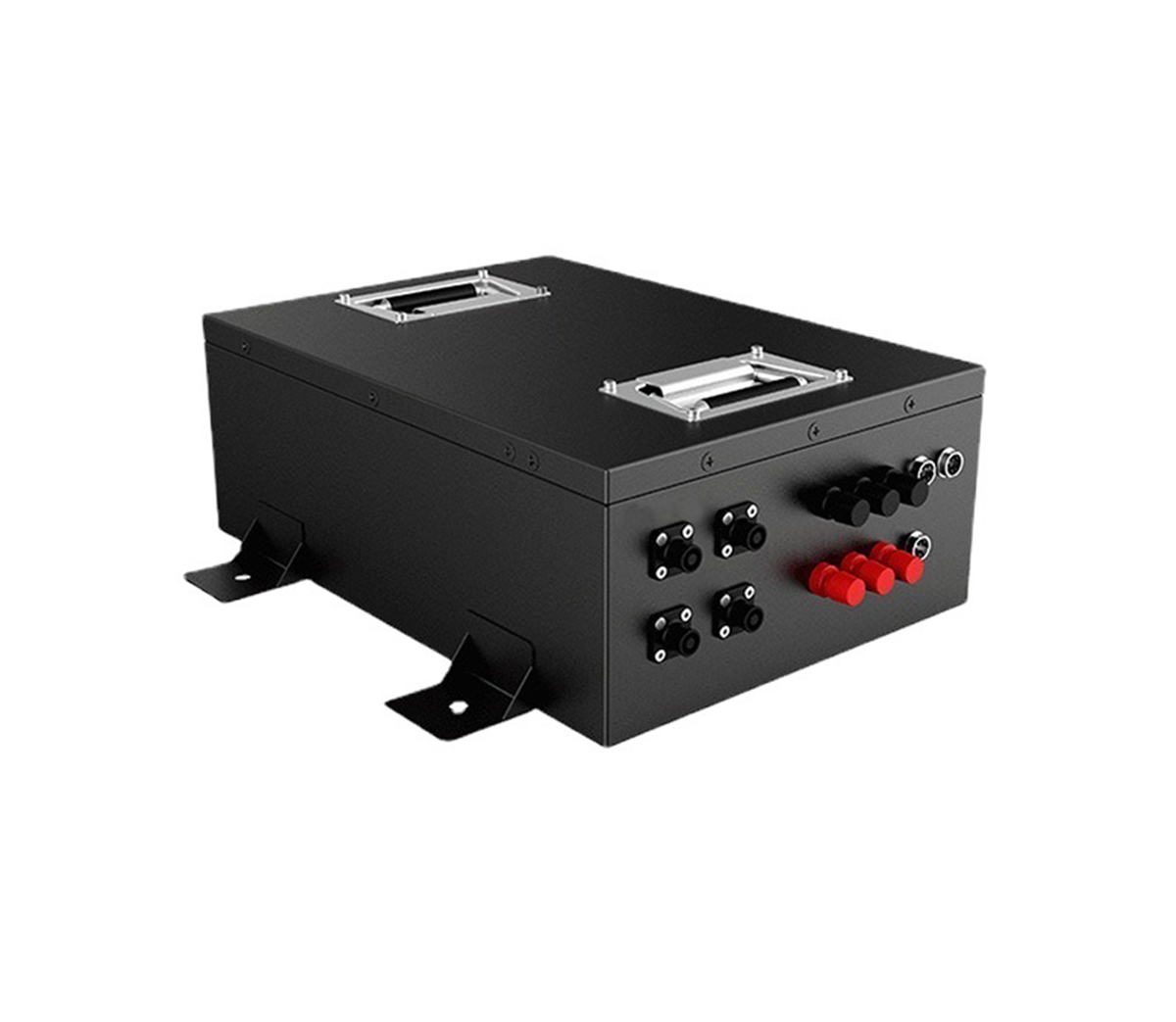Why are the prices of lithium battery energy storage systems so different?
From what perspective and thinking should we look at this issue?
With the accelerated implementation of the global carbon reduction roadmap,
lithium battery energy storage systems in various countries have also entered a
peak procurement period. SES Power has nearly 20 years of experience in R&D
and manufacturing of lithium batteries. Many of our products are used in energy
storage scenarios, so we have a good understanding of the price of energy
storage systems. However, recently, the winning bid price per watt-hour of
energy storage system equipment in different projects varies greatly. Taking the
energy storage system with a charging and discharging time of 2 hours as an
example, the winning bid price is distributed at about 0.2 US dollars/Wh-0.3 US
dollars/Wh. This is an abnormal situation, because under the background of high
raw material prices and high battery cell prices at this stage, there are many
low-cost bids for energy storage system equipment, and the winning prices vary
greatly, which is puzzling and also causes the worry: quality is often
proportional to price.

We need to understand the following background: Since the current energy
storage projects are mainly arranged outdoors, the procurement scope of bidding
energy storage projects generally includes energy storage battery compartments
and energy storage converter transformers complete sets of equipment, among
which the energy storage battery compartments include battery modules, BMS,
firefighting facilities, cooling facilities, combiner cabinets, auxiliary
facilities, cabins, etc.; complete sets of energy storage converter transformer
equipment include PCS, transformers, medium-voltage switchgear, auxiliary
facilities, cabins, etc.; some projects also include station electricity
systems, EMS systems, connecting cables, etc.
There are many energy storage application scenarios, and the technical
routes are also very diverse. Different projects have large differences in
charging and discharging time, equipment brands and equipment procurement scope,
resulting in large differences in price levels. SES Power analyzes only three
main factors affecting the price of energy storage system equipment from a
technical point of view.
A: Differences in batteries lead to differences in device prices
The energy storage battery is the equipment with the highest proportion of
the price of the energy storage system. At present, the price of different
brands of batteries is about 0.13 US dollars/Wh. Due to the different assessment
methods of the charging and discharging energy of the energy storage system, the
number of charging and discharging, and the energy retention rate, resulting in
a large difference in the final energy of the actual configuration of different
projects.
For example, for an energy storage power station of the same scale, the
assessment point has different definitions according to cell energy, DC side
output energy, PCS AC side output energy, grid connection point output energy,
etc. In addition, the battery will generate energy during the charging and
discharging process and in its natural state. The permanent attenuation of the
battery, the different assessment methods of the number of charge and discharge
and the energy attenuation rate will cause the actual configuration of the cell
to have an impact. For example, many new energy sources are equipped with energy
storage to reduce the initial investment cost by reducing the number of
cells.
B: Energy storage technology routes lead to differences in equipment
prices
In the past two years, energy storage technology has developed rapidly, and
new technologies such as large-capacity cells, 1500V DC systems, liquid cooling
systems, and non-walk-in battery compartments have emerged one after another.
While improving the performance of energy storage systems, rapidly mature new
technologies are also effective. It reduces the cost of energy storage system
equipment.
For example, the output energy of the battery compartment (walk-in) DC side
of the conventional 1000V DC system is about 2.5MWh, the output energy of the
battery compartment (walk-in) DC side of the 1500V DC system is about 3.5MWh,
and the battery compartment of the 1500V DC system is about 3.5MWh.
(Non-walk-in) DC side output energy can be close to about 5MWh. The increase in
energy density will reduce the cost of BMS, fire protection, auxiliary
facilities, cabins, etc. Compared with the PCS of the 1000V technical route, the
PCS unit cost of the 1500V technical route is also reduced by about 50%.
C: Differences in equipment prices caused by the configuration of auxiliary
facilities
Differences in the configuration of auxiliary systems such as firefighting
and station load power supply methods will also affect the price. Taking fire
protection as an example, the price difference between perfluorohexanone and
heptafluoropropane is very large, and the price difference for a single cabin
can reach about 30,000 US dollars; many projects supply power to the load of the
energy storage unit by configuring auxiliary transformers on the AC side of the
PCS. Setting up an independent station power system can also reduce the cost of
equipment; selecting non-energy-saving transformers and reducing the
configuration of AC and DC side switchgear are all means to reduce the initial
investment of the energy storage system.
SES Power believes that reducing the cost of energy storage is an important
prerequisite for promoting the commercialization and large-scale application of
energy storage. However, for project construction units, they should not only
pay attention to the initial investment price of the energy storage system, but
also pay attention to the real performance of the energy storage system itself.
Partners should comprehensively consider performance, safety, price and other
comprehensive factors, and finally consider the most cost-effective and safe and
reliable energy storage products from the perspective of the whole life
cycle.
As a rapidly developing field, energy storage has been endowed with an
indispensable position in the future new power system by the times. SES Power
focuses on customized lithium batteries. Our focus is on lithium battery energy
storage systems, such as 12V100Ah, 12V200Ah, 24V100Ah, 24V200Ah, 36V100Ah,
48V50Ah, 48V100Ah and other lead-acid replacements using square aluminum-shell
lithium iron phosphate cells , Wall-mounted home energy storage, portable home
energy storage, 12V30Ah, 12V50Ah, 12V60Ah car starter batteries with
high-performance lithium batteries (maximum peak current up to 1500A), lithium
battery systems normally used in -40 ℃ environment and other special customized
lithium batteries. Frankly speaking, many customers are very concerned about
cost performance, but SES Power insists that safety performance cannot be
reduced to reduce costs. We usually use the price advantage of echelon batteries
to make SES Power's customized lithium-ion battery packs based on guaranteed
performance, to meet the needs of customers who are discerning enough about
price. Of course, this requires extensive experience as a support.
Due to the initial stage of development of the energy storage system and
the complexity of the technology itself, although the relevant standards are
being gradually improved, the standards lag behind the market, the existence of
fuzzy boundaries and the lack of profit mechanisms make many projects
excessively compress the energy storage system. The initial investment cost,
which will make the industry fall into a disorderly price war, and eventually
form a situation where bad money drives out good money. This is not a situation
that SES Power and its high-quality suppliers, which are really focused on
energy storage, want to see.



































